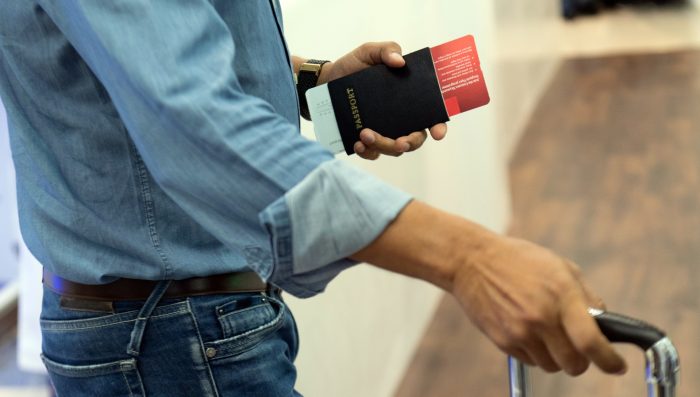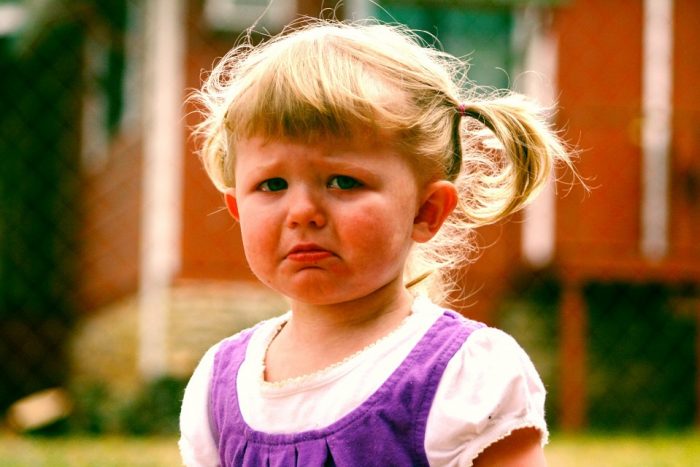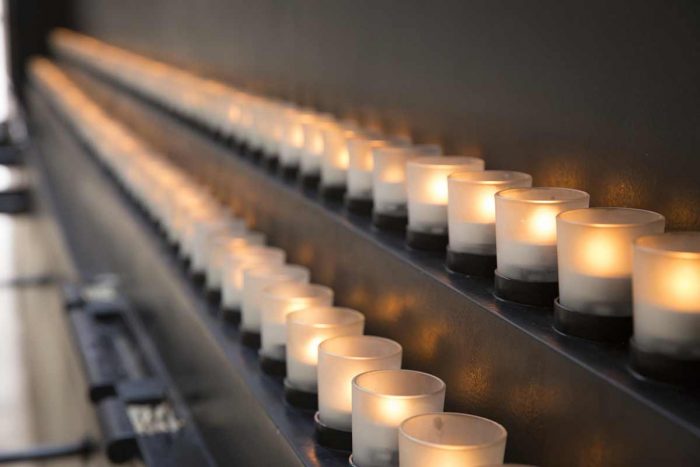By Daniel Dunaief

If I knew exactly when Russian president and peace shatterer Vladimir Putin were planning to attack Ukraine, I could be spectacularly rich.
Putin, however, knew exactly when he was going to give the order to start shooting, causing markets around the world to plunge.
No stranger to making a buck or two, Putin, whose wealth is estimated in the billions, may have seen the opportunity to create suffering for everyone else, while making himself even richer.
Have options markets around the world checked the trading just before the day he started killing people in Ukraine? Does anyone know whether he, through shell companies or, perhaps even more directly, through trades he holds in his own name, made a financial killing by destroying neighborhoods and shattering peace on a scale not seen since World War II?
Maybe he positioned his portfolio just as he was moving his military. He could have also dabbled in the commodities markets, where wheat, aluminum and gold prices have soared.
While the Russian president may not need the money personally, he could offset some of the effect of sanctions through the equivalent of his own “big short” on stock markets, betting in a game he helped control that the markets would fall.
Putin could have gone to stock markets outside of Russia, where he could have set up huge trades just a few days before a move the previous president of the United States described as “genius.”
Perhaps Donald Trump, who is also no stranger to capitalizing on financial opportunities, recognized the financial move Putin was making. Putin doesn’t appear to care much about the people he’s displacing or the Russian soldiers who may no longer return to their families to pursue a war against a neighbor whose biggest offense seems to be that they live in a democracy and want to join NATO, whose members consider an attack against one of them as an attack against all of them. As the “Between You and Me” column in these papers from last week made clear, Ukraine has abundant natural resources, which raise its appeal to Putin. At the same time, though, maybe he also saw this move as a chance to make money and to stay relevant.
It’s not every day that people write your name, even if it’s for nefarious actions, in papers throughout the world. Sitting on a stockpile of nuclear weapons that could easily turn Global Warming into a distant afterthought if he and his intended targets used them, Putin is dominating news coverage around the world, displacing COVID. Too bad there’s no vaccine for the world’s population against Putin.
By putting his nuclear forces on high alert after disrupting peace with his attack on Ukraine, he also gets to play bully and victim at the same time. He’s a bully for sending his armed forces into a neighboring country and killing men, women and children. Bullets don’t discriminate between innocent civilians and members of an opposition’s armed forces.
He is also a victim, claiming the heated rhetoric against his military’s unprovoked attack is enough of a threat to him that he needed to put his nuclear arsenal on high alert. His despotic desperation suggests maybe he needs a hug or some counseling.
He also defies logic by calling the Jewish president of Ukraine, Voldymyr Zelenskyy a “neo-Nazi,” when some of Zelenskyy’s own ancestors died in the Holocaust.
Putin may not make sense, but, at least in the first few days after his unjustified attack, he may be making tons of money.














